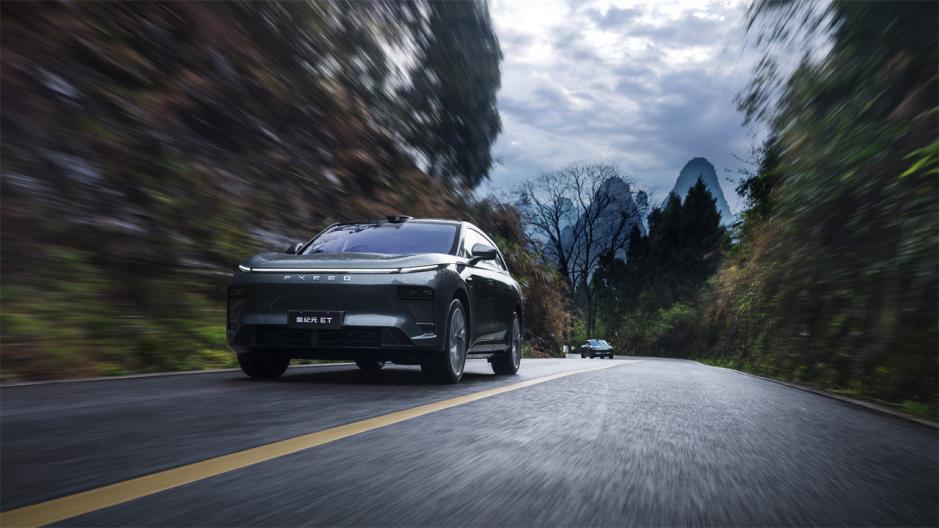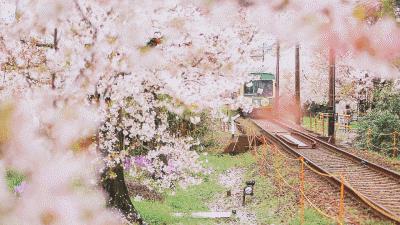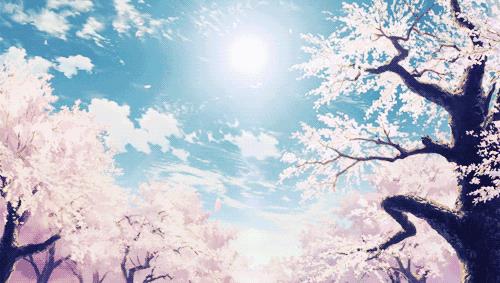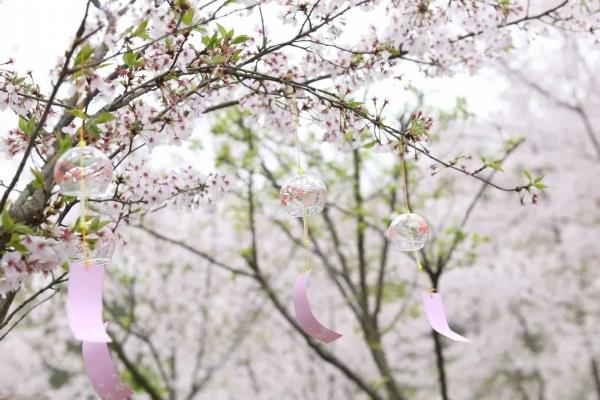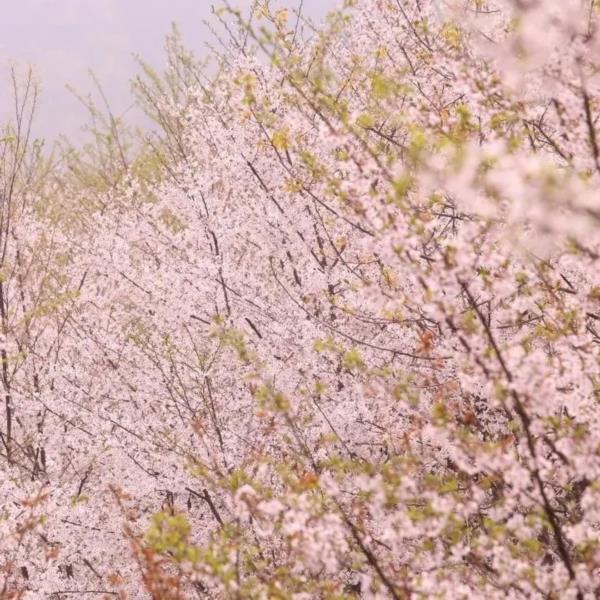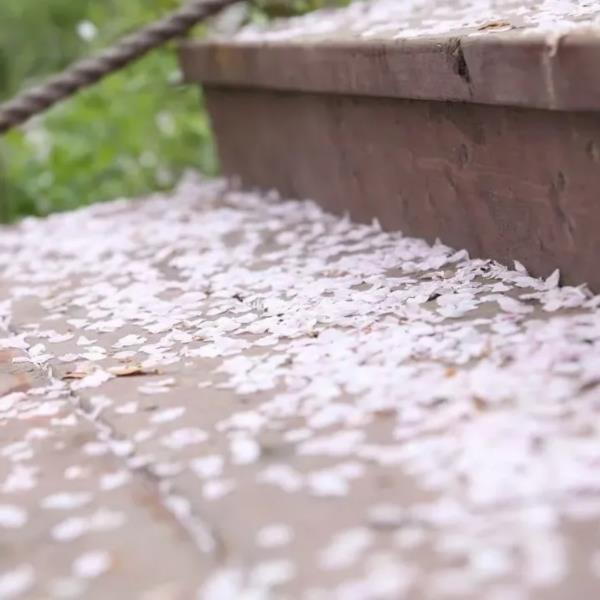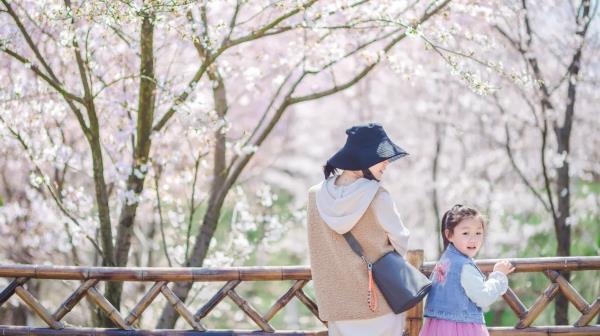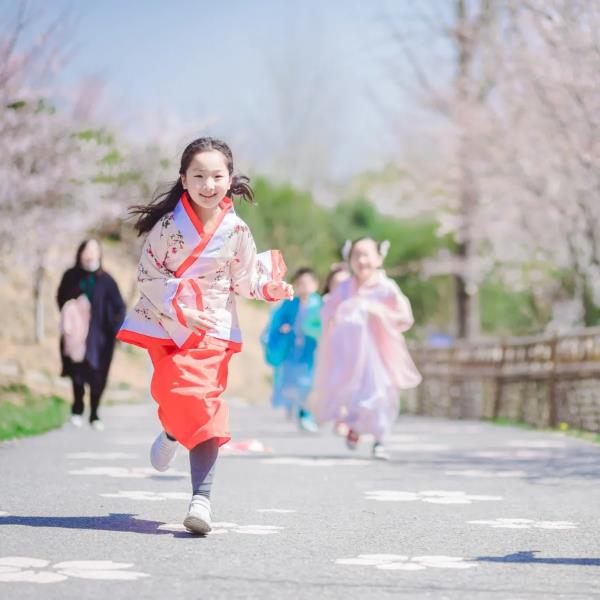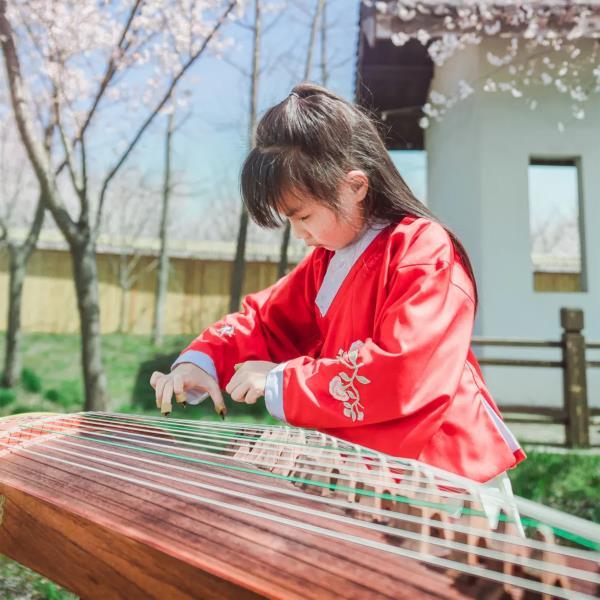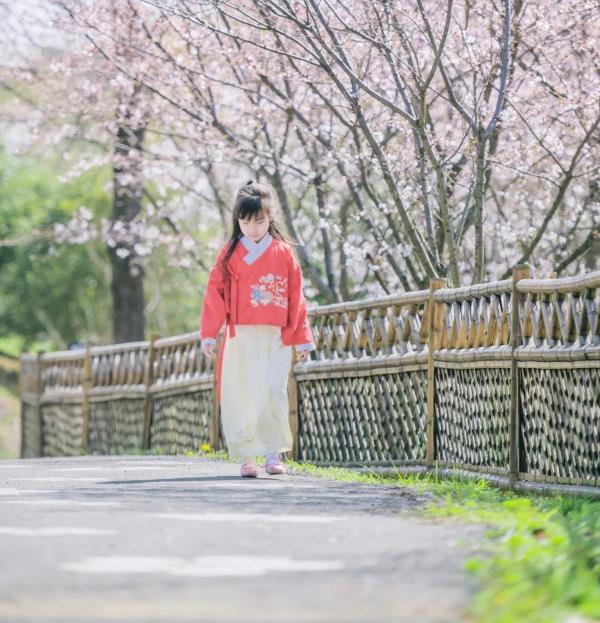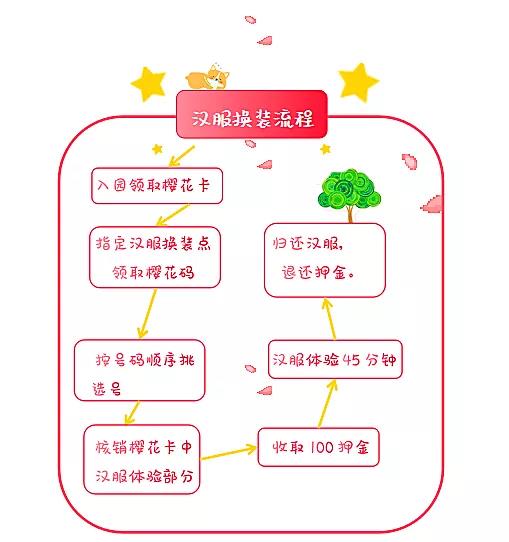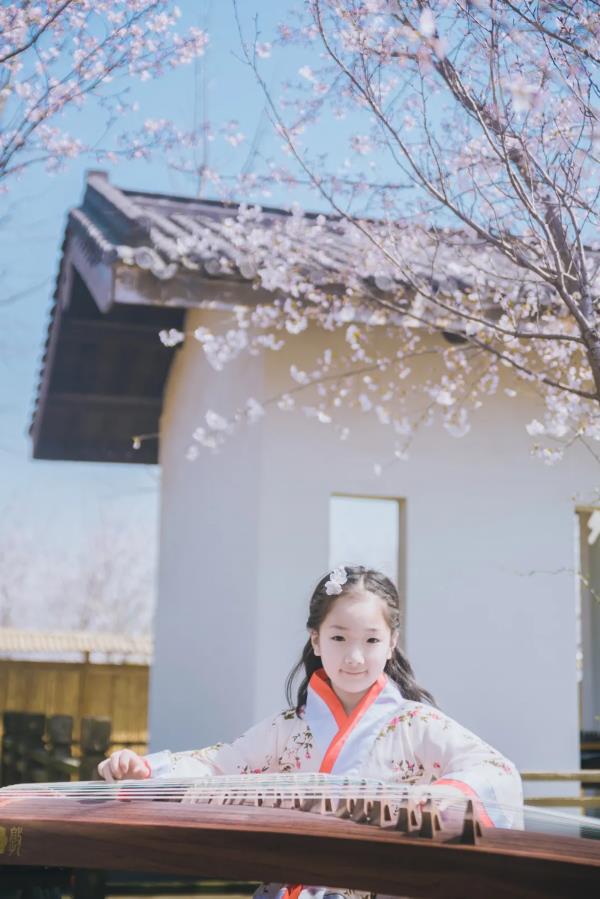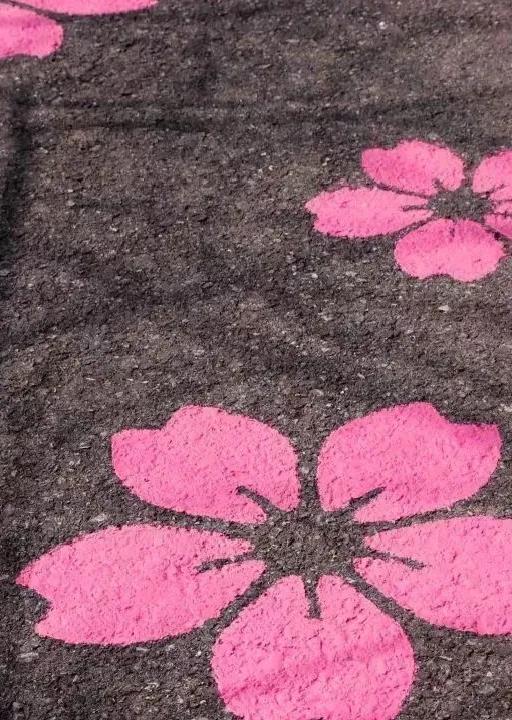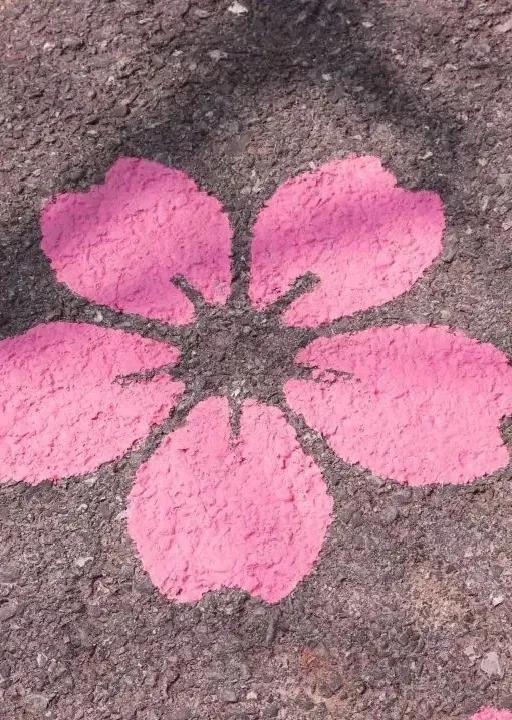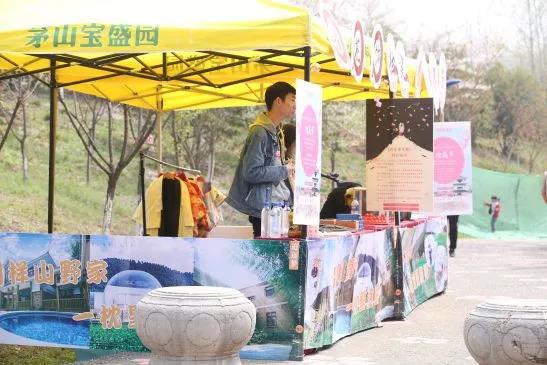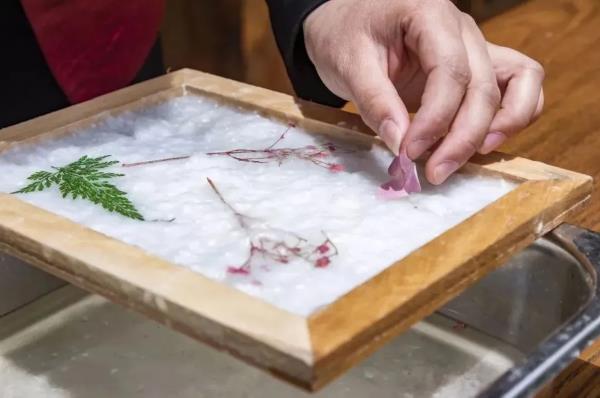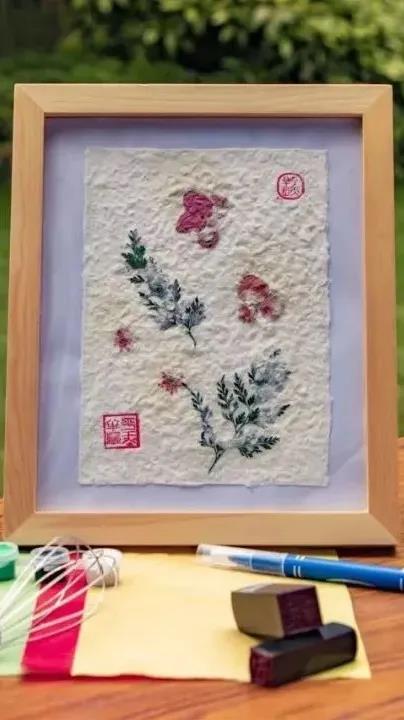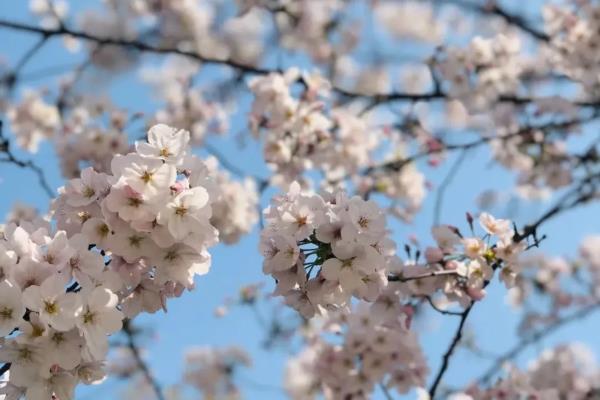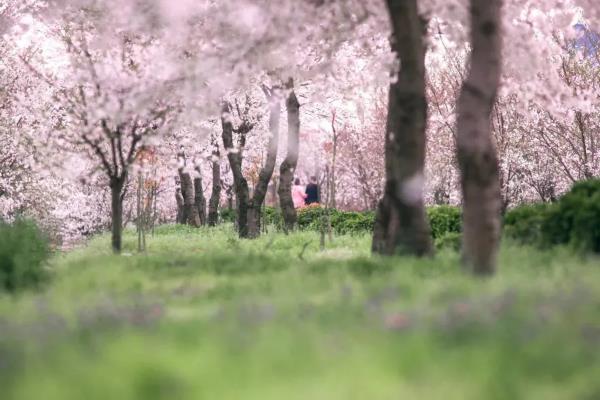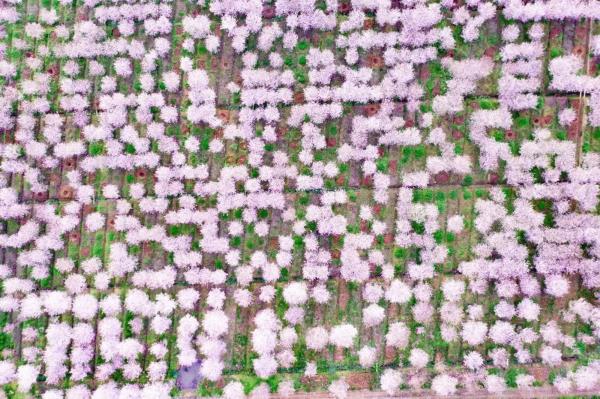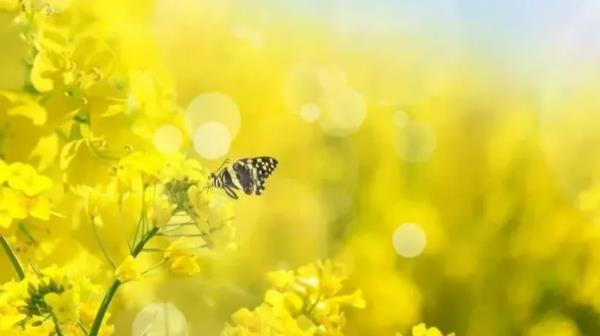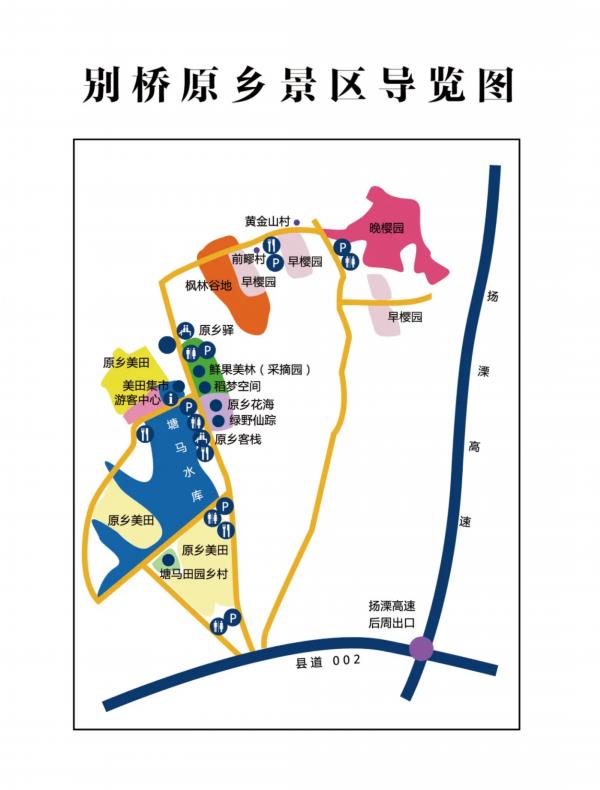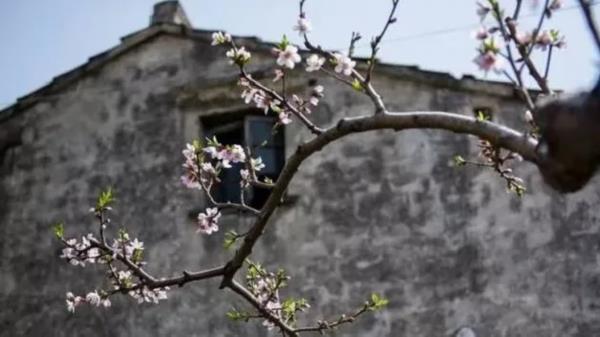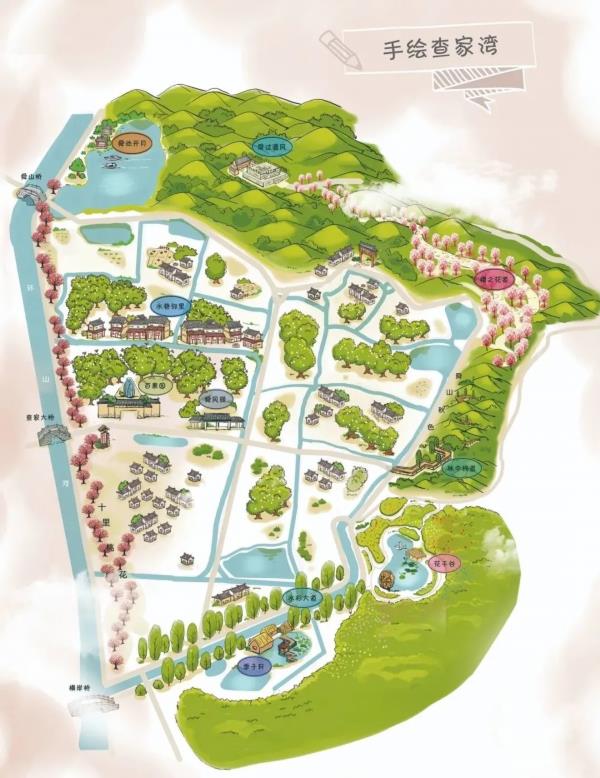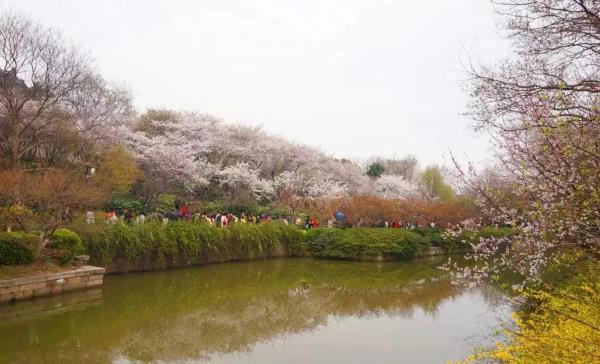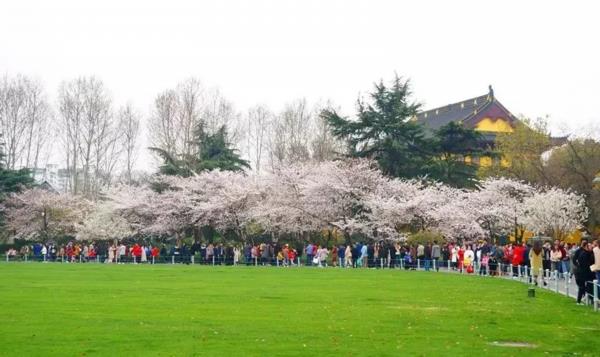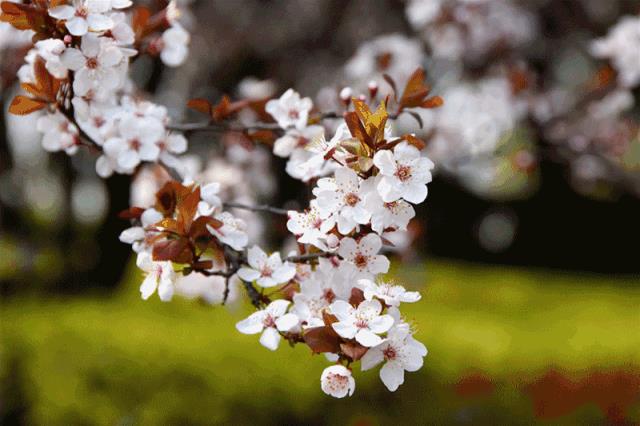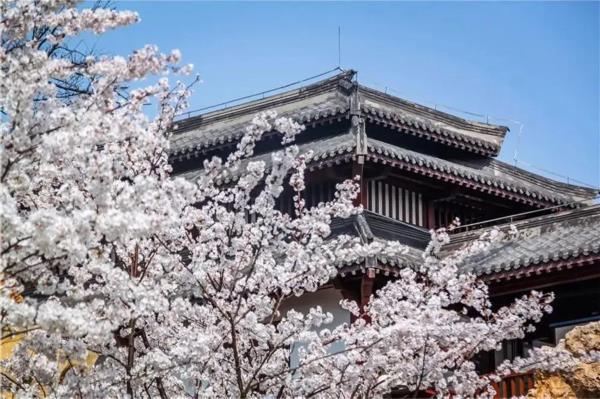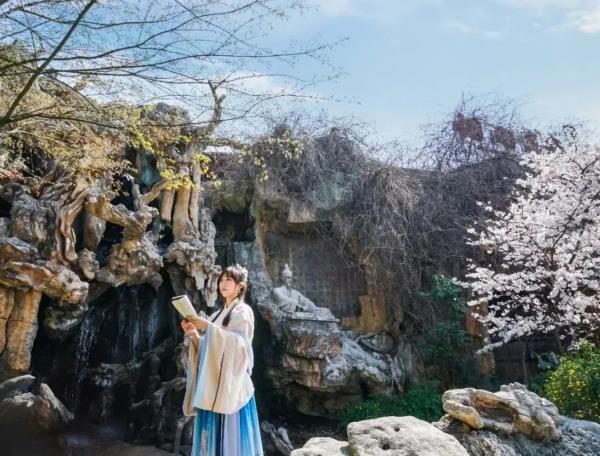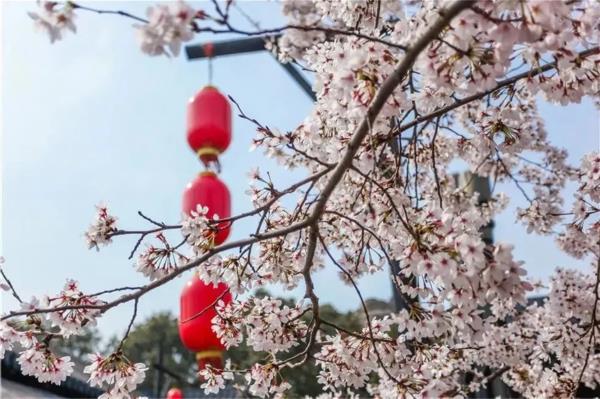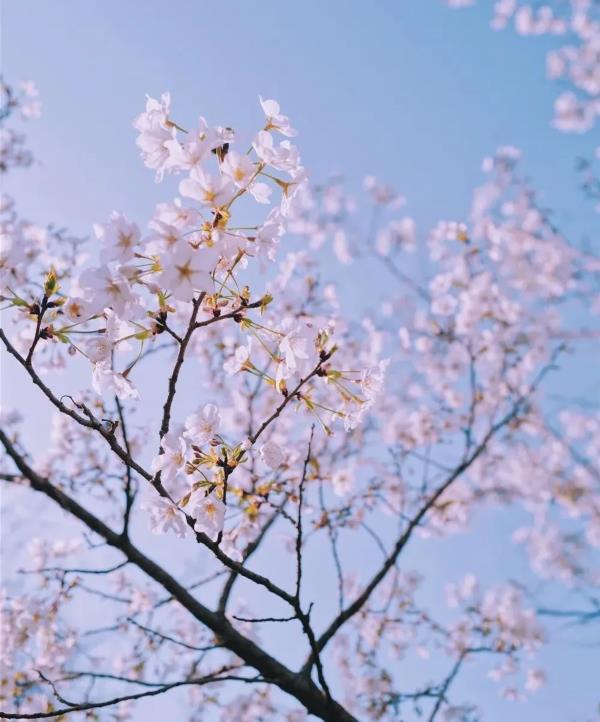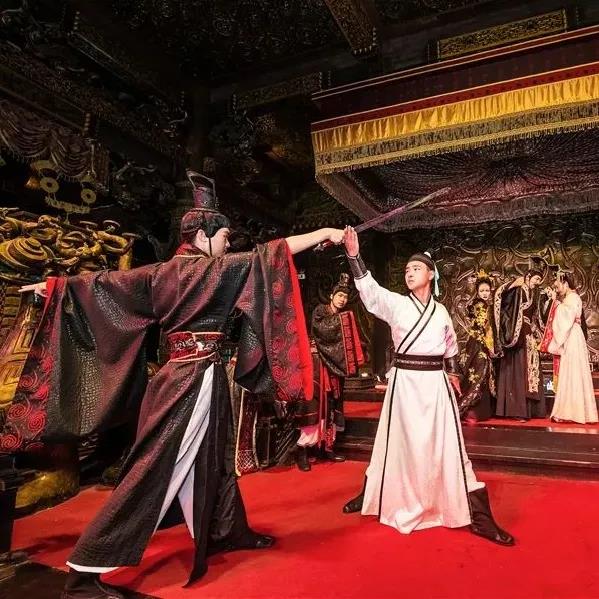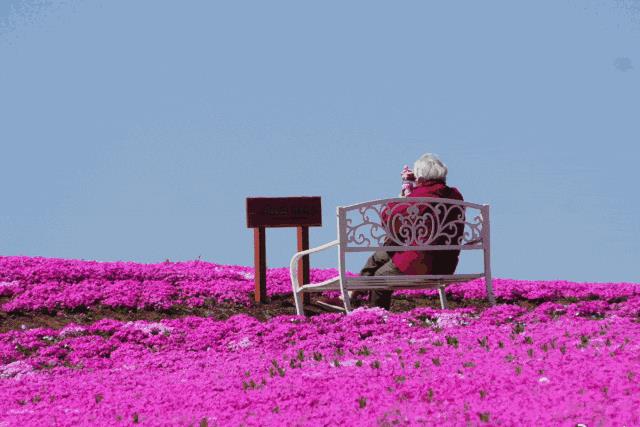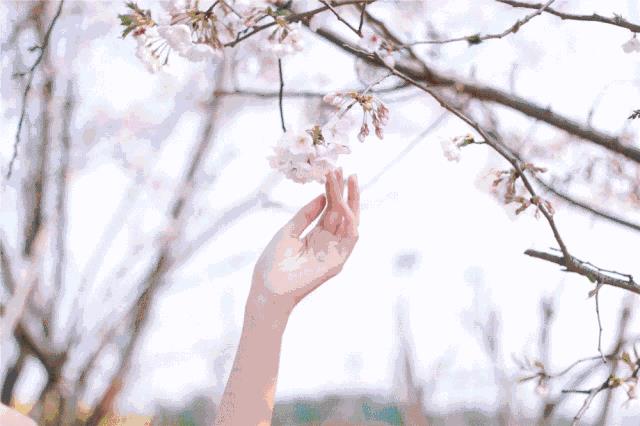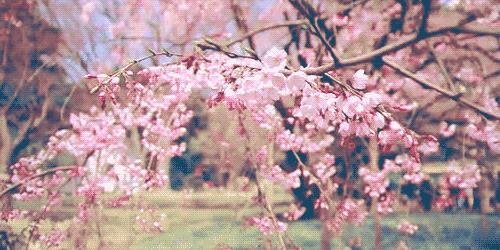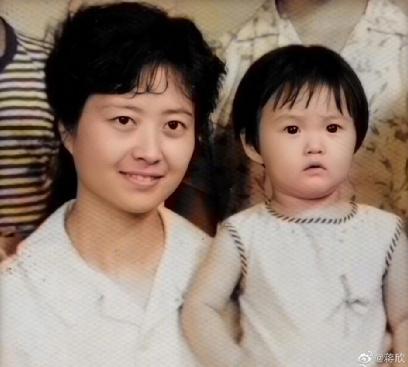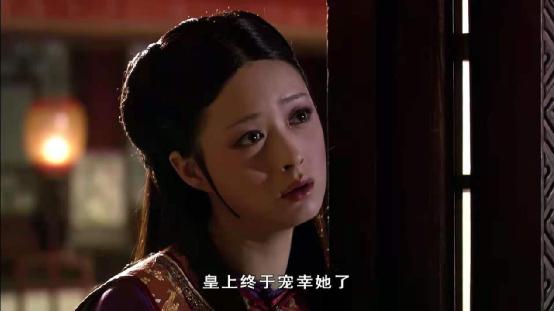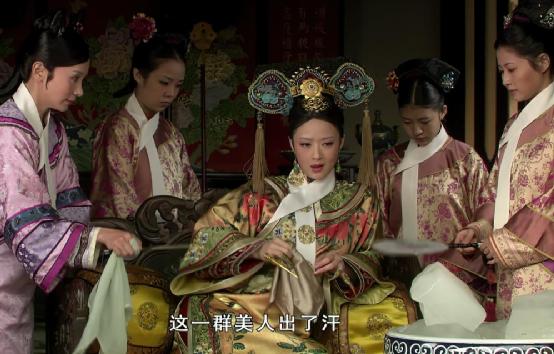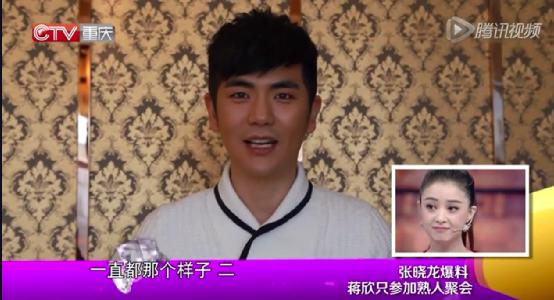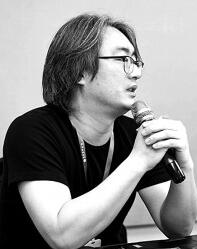
Wu Yang, Associate Dean and Associate Professor, School of Chinese Studies, Renmin University of China. His research interests include China’s classical philology, China’s ancient literature, China’s ancient academic history and pre-Qin and Han literature. His monographs include The Origin and Research of Zhu Xi’s Thoughts on the Book of Songs, and the Interpretation of the Essence of the View of Ancient Chinese Literature, and he has published many papers.
Wushu, a traditional sport in China, is also called "martial arts", "martial arts", "martial arts play" and "martial arts" in China’s historical documents. It was also called "national art" in the Republic of China, and it is used to be called "Kung Fu" in southeast China. It includes kicking and wrestling, equipment attack and defense, and related medical maintenance knowledge and practice. It not only pays attention to physical exercise, but also pays attention to spiritual cultivation.
In this lecture, we mainly introduce the historical spread of Wushu from the aspects of words and documents.
There are seven virtues in martial arts
Wushu originated from military war, and in Oracle Bone Inscriptions of Shang Dynasty, there was already the word "martial arts", the glyph of which was "going up and down".
The word "Wu" changed from "Zhi" to "Ge" and "Zhi" was the pictograph of human feet, and "Ge" was the most common weapon at that time. Mr. Yu Shengwu, an ancient philologist, pointed out that the original meaning of the word "Wu" was conquest and demonstration. The conqueror must have a line, and if he stops, he will show it; The conqueror must use weapons, and Ge is also a weapon. "
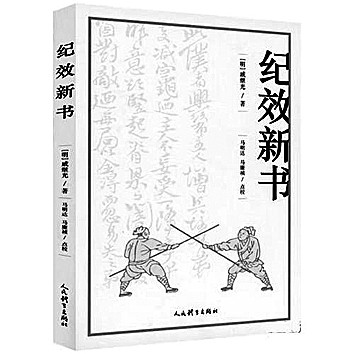
Picture of Book Shadow of Ji Xiao Xin Shu
The expression of "martial arts" in Oracle Bone Inscriptions’s military conquest and demonstration was quickly endowed with the connotation of "morality" after entering the Western Zhou Dynasty, which became an important content of the ritual and music system in the Zhou Dynasty and lasted for thousands of years, becoming the core content of China’s military thought and Chinese martial arts thought.
According to Zuo Zhuan, in 597 BC, Jin Chu launched the Battle of Tai, and the Chu army won. Chu Zhuangwang didn’t get carried away by it after the war. He interpreted the meaning of "martial arts" as "stopping the war", that is, being able to stop the war is the real "martial arts". This concept can be said to have absorbed the contents preached by the poems praising Zhou Wuwang’s martial arts to pacify the world and restore peace in The Book of Songs, and also inherited the concepts of "knowing morality and being cautious in punishment" and "righteous punishment and righteous killing" in Shangshu, and influenced the concepts of "no punishment in prison", "killing to stop killing" and "fighting to stop fighting" in later generations, thus starting the road of shaping the spiritual quality of the Chinese nation, which loves peace and dares to defend justice. In addition, Chu Zhuangwang also put forward the concept of "martial arts have seven virtues", namely, "forbidding violence", "suppressing soldiers", "ensuring greatness", "securing people", "harmony" and "enriching wealth". If we extend it a little, then what Chu Zhuangwang said is "the seven virtues of martial arts"It can be further understood as stopping violence, eliminating war, implementing moral policies, inheriting achievements, stabilizing people, uniting friends and filling wealth. These contents are also based on the theme conveyed by the poems praising the achievements of Zhou Wenwang and King Wu of Zhou in the Book of Songs. More than 2,600 years ago, our ancestors had such a political ideal, and then repeatedly stressed that this ideal was institutionalized as the posthumous title of emperors to remind and warn future rulers — — It is recorded in Yi Zhou Shu Xie Fa that the content of martial arts represented by posthumous title is "being rigid and rational", "being strong and virtuous", "overcoming disasters" and "being ambitious and poor". The first four emphasize martial arts, but also insist on justice, loyalty and forgiveness, virtue and law, and the last one. The "Seven Virtues of Martial Arts" put forward by Chu Zhuangwang not only contains the peaceful ideal of compassion and destiny, but also has the political idea of pursuing moral politics, emphasizing the practical significance of living and working in peace and increasing wealth, which is a three-dimensional "martial arts".Since then, the concept has been established, passed down from generation to generation and continuously enriched, becoming the moral core of Chinese Wushu.

Photographs of Qi Jiguang commemorative stamps issued in 2008
all-inclusive
If "Wushu Morality" is the spiritual core of China Wushu’s historical inheritance, then the source and motive force of China Wushu’s endless development are "inclusiveness" and "seeking truth and being pragmatic".
In the anti-Japanese war on the southeast coast of the Ming Dynasty, the Ming Dynasty dispatched Zhuang "wolf soldiers" from Guangxi to participate in the anti-Japanese war. One of the "wolf soldiers" was led by the wife of Tian Zhou local official Cenmeng, and achieved brilliant results. The "wolf soldiers" led by Mrs. Walsh have the so-called "Cen Jia Bing Law" and are good at fighting in small teams. Li Jiyuan, an associate professor at the School of Physical Education and Health of Hangzhou Normal University, believes that Qi Jiguang’s "Yuanyang Array", which played a decisive role in the war against Japan, may have learned from the "Cen Jiabing Law" that year. Mrs. WATSE was good at using double knives, and taught them to Xiang Yuanchi, who in turn taught them to Wu Xun. Wu Xun wrote "Song of Double Knives" in his martial art masterpiece "Record of Arms" to record the incident. He also incorporated the swordsmanship he learned from the old man in Yuyang, Hebei Province into WATSE’s double knives, and further evolved WATSE’s double knives into marksmanship. It is Wu Hao’s study and transformation that makes the martial arts of Zhuang nationality in Guangxi and Central Plains communicate and merge with each other, forming new martial arts moves and technical concepts.
In addition, according to the research of Ma Mingda, a professor at the Institute of Chinese-foreign Relations of Jinan University, in the article "An Examination of the Exchange of Sword and Knife Skills between China, Japan and Korea in History", Qi Jiguang found that the Japanese swordsmanship was fierce in the war against Japan, so he reformed the Japanese swordsmanship and wrote "Xinyou Knife Method" to coach his soldiers against the enemy. Later, both Cheng Zongyou and Wu Xun studied Japanese knife techniques and recorded their experiences in their respective works. This kind of two-handed knife method has been circulating in China. By the end of the Qing Dynasty and the Republic of China, one school was passed on to Ma Fengtu by Huang Linbiao of Hebei Province. Ma Fengtu once adapted this knife method into "Eight Knives to Break the Front" and promoted it as a broadsword teaching material for soldiers at that time. The other school was passed on to Liu Yuchun and others by the Xie Deheng brothers of Wuqiao. In 1928, the "Central Martial Arts Museum" was established. Ma Yingtu, a descendant of Ma Fengtu, and Guo Changsheng, a descendant of Liu Yuchun, integrated their respective teachings and called them "Ertang Miaodao". Today’s so-called "Miao Dao" comes from here.
In addition, Professor Ma Mingda pointed out in the article "A Collection of Anecdotes about Baba in Yanshan Mountain" that the traditional martial arts system in northwest China, which is mainly based on the apocalypse stick and eight-door boxing, probably originated from a Hui folk martial artist named Chang Yanshan. Ma Mingda pointed out: "When he taught martial arts, he broke down national barriers and paid attention to coordinating the relationship between boxers of different nationalities from the beginning, thus laying a good foundation for harmonious coexistence in the future." This is of similar positive significance to the historical story that Mrs. Wasser participated in the anti-Japanese war and taught the double-knife method. In history, China Wushu is all-inclusive, which is beneficial to learn from each other’s strong points and make innovations in its own development.
The reason why China Wushu can be "inclusive" is inseparable from its consistent pursuit of "seeking truth and being pragmatic". The reason why Washberg’s Double Knife, Cenjiabing and even Japanese Knife can be used for reference by ancient martial artists is that they have all been proved to be effective martial arts skills after practice. It can be said that "inclusiveness" itself is also a manifestation of "seeking truth and being pragmatic".
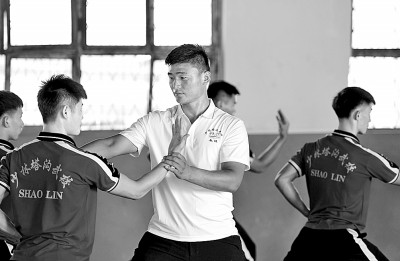
Students from Shaolin Tagou Martial Arts School in Songshan, Henan Province are attending classes. Xinhua news agency
Among the "seven virtues of martial arts" mentioned before, "forbidding violence", "suppressing soldiers", "reassuring the people" and "enriching wealth" are also quite pragmatic virtues. The ancients also enriched these viewpoints in the practice of Wushu teaching. When talking about archery, Wei Wendi Cao Pi once said that shooting with a good target is far less than shooting with hunting. He compared the sword with General Deng Zhan, and won four times. Then he said to Deng Zhan, "May General Deng give up his old tricks and get more important points", which shows Cao Pi’s characteristics of emphasizing practice and seeking truth and being pragmatic in martial arts. Qi Jiguang resolutely put an end to any unpractical martial arts moves because of the requirements of the military war. In his New Book of Ji Xiao, he clearly stated: "Anyone who tries martial arts must learn the real enemy’s skills as shown, so that he can really fight the fighter. He is not allowed to still learn the methods such as fireworks, and he is only trying to look good in front of others." Mr. Tang Hao, a sports historian, also said in "Introduction to Neijia Boxing": "The ancient boxers confused the world with flowers and tricks, and they had already spoken generously about it 300 years ago in Qinantang." It can be seen that "seeking truth and being pragmatic" has always been an important pursuit of China Wushu. Although "flower guns" and "flower tricks" have emerged one after another in history,However, Jianghu deception can never block the eyes of real martial artists and scholars.
Wushu is aimed at fighting, so it must have the function of confrontation, and only in confrontation can it show the greatest charm of Wushu. Looking around the world today, boxing, Muay Thai, Taekwondo, karate, judo, Brazilian Jiu Jitsu, mixed fighting, etc., all have scientific training methods, reasonable rank standards and fair competition, and therefore have become widely popular sports in the world. While China Wushu has a long history and many schools, how can we construct a set of standards that can be recognized by everyone? Historically, martial artists in China have never given up the antagonism and practicality of martial arts. If we can continue to adhere to the principle of "inclusiveness" and "seeking truth and being pragmatic", further absorb the expertise of other martial arts in the world in techniques and rules, integrate our own traditions and characteristics, inherit the spiritual connotation of China Wushu, and truly maintain the fighting essence of China Wushu, China Wushu will be able to stride forward on its own road.

On May 19th, students from the Third Experimental Primary School in Luannan County, Hebei Province practiced martial arts on the playground. Xinhua news agency
be accomplished with both the pen and the sword
Hong Mai, a scholar in the Song Dynasty, once pointed out: "Three generations go up, regardless of civil and military. In the Spring and Autumn Period, the generals of the countries are all appointed, and they are in power, and they will be soldiers when they leave. " According to the pre-Qin literature, this is good. It is recorded in Zhou Li that the official of Bao was responsible for educating the aristocratic children at that time, and the important educational content was six arts, namely, ceremony, music, shooting, controlling, writing and counting. The "ceremony" and "music" in the six arts are etiquette norms; "Book" and "number" are cultural knowledge; "Shooting" and "controlling" are military talents, that is, "archery" and "driving a carriage". The concept and practice of ancient people’s early combination of civil and military skills shown in Zhou Li is vividly exemplified in Zuo Zhuan. For example, before the Battle of Tai in Jin Chu in Twelve Years of Zuo Zhuan Xuangong (597 BC),Chu sent a chariot to challenge the Jin army. This carriage is driven by Xu Bo, LeBo is in charge of long-range shooting for the left side of the carriage, and Uncle She is in charge of melee for the right side of the carriage. They drove the carriage to the front of the camp of the Jin army, and after fighting with the Jin army, they turned the carriage and returned to their camp. At this time, the Jin army sent three chariots to chase after him. Lebo used superb archery to shoot back about two chariots of the Jin army, only to find that there was only one arrow left, and there was a chariot of Bao Gui of the State of Jin chasing behind him. At this moment, a wild deer suddenly appeared, so Lebo shot the wild deer with the last arrow, and then Xu Bo stopped the carriage and presented the dead deer to Bao Gui, who came after him, and said, "Although the season has not arrived, we only have this deer as a gift, hoping to give it to your men." Bao Gui saw this situation, and his opponent said, "Their left driver is a marksman who knows archery, and their right driver is good at rhetoric. They are all gentlemen." So Bao Gui stopped chasing and let the Chu people leave.
This story recorded in Zuo Zhuan is a typical "gentleman-style" combat mode in the Spring and Autumn Period. As challengers, Xu Bo, Le Bo, and Shu She are loyal to their duties. In ancient times, shooting and hunting, "shooting from the left fat, reaching the right fat, means killing up", that is, from the left lower abdomen to the right shoulder, an arrow goes through the heart. This way not only relieves the pain of the prey, but also ensures the cleanliness of the prey, which is killing up. There are also so-called "three don’t sacrifice" in ancient hunting, that is, "no sacrifice for face injuries, no sacrifice for feathers, and no sacrifice for birds". Both "face injuries" and "feathers" are head-on shots at prey, which are suspected of "killing young birds". Lebo’s "shooting elk and beautiful turtle" not only shows his superb archery, but also shows that he abides by the law. It’s desperate to offer a deer, but he is humble, familiar with the season, courteous and leisurely. Bao Gui’s abandonment of pursuit is precisely based on the respect of the people of that time for the "gentleman".
For example, when the ancients described a person as having excellent driving skills, they would say that he was "like a group, two like dancing", "like a piano" and "like a piano", describing a person as having excellent archery skills.
"The Book of Rites Shoots Righteousness" says, "Therefore, if you shoot, you must be polite when you advance and retreat, be upright inside and straight outside, and then hold a bow and arrow to examine the solid; Hold the bow and arrow to examine the solid, and then you can say that this can be a virtue. " This is to upgrade the skills of "martial arts" to the level of virtue and etiquette.
In Mencius, it is recorded that Mencius and his disciple Gong Sunchou discussed how to be "unmoved" (that is, brave and firm in will). Mencius cited three ways to cultivate courage: Bei Gong, Meng’s charity and Ceng Zi. It is speculated by later generations that Bei Gong Si is probably a warrior, and his way of cultivating courage lies in "striving for victory"; Meng Jishi may be a general, and his way of cultivating courage lies in "not being afraid"; Ceng Zi, a disciple of Confucius, inherited Confucius’ way of cultivating courage, that is, "keeping righteousness": if he feels unjust in his heart, he will shrink even in the face of a person who has no fighting capacity; If you feel that it is in line with justice, then "although there are thousands of people, I will go." Mencius thought that Bei Gong and Meng’s alms were not as good as Ceng Zi’s method. Then, Mencius put forward his own method, that is, "nurturing my noble spirit". This "noble spirit" is "supreme and just, and it is harmless to raise it directly, so it is stuffed between heaven and earth. It is also qi, which matches righteousness and Tao; Nothing, nothing. " Mencius’ "noble spirit" is produced from the heart by combining with "righteousness". If you are correct in your heart, sincere in your intentions, and consistent with righteousness, you will be fearless and invincible. Although Mencius discussed the issue of human will,However, with the help of warriors, generals and Confucian scholars, he discussed the external kung fu of "martial arts" and transformed it into the internal spiritual cultivation of "nourishing qi" and "righting the heart", which shaped the heroic and lofty spirit that the Chinese nation has always upheld and profoundly influenced the character of martial arts both inside and outside in the long history.
We can also see from Zuo Zhuan that Fu Cha, the king of Wu, invaded Lu, and the doctor of Lu recruited warriors to prepare for the night attack on the king of Wu, and Confucius’ disciples were among them. Qi invaded Lu, with Fan Chi, a young disciple of Confucius, as the right driver, while Ran Qiu led Zuo Shi and broke into Qi with a spear to win. Civil strife broke out in the country of Wei, and Confucius’ disciple Zilu, the savior, failed and died. Confucius disciples are famous for their kindness, learning etiquette and music, and being gentle, but there are still many people who don’t avoid the edge and sacrifice their lives for righteousness. Even though Mozi, who criticized Confucianism a lot later, advocated universal love and non-attack, twenty of his works, such as Preparing the City Gate, were concrete methods of guarding the city, and Mozi made a long journey from Qi to Chu to stop the public transport group from attacking the Song Dynasty. His chivalrous spirit and military talent showed the characteristics of "both civil and military" with the same effect as Confucianism. Although with the development of bureaucracy and official selection system, especially the maturity of imperial examinations, it has become a historical fact that civil and military skills are gradually divided, as an endless humanistic tradition from ancient times to the present, "having both civil and military skills" has not only become the ideal of Chinese people, but also shaped the special character of China Wushu to some extent.
Cao Pi, Emperor Wen of Wei, organized the compilation of the earliest kind of book "Huang Lan" in China, and one of the "Papers" preserved in his "Dian Lun" became a masterpiece in the history of literary criticism; In addition, he wrote more than 100 poems, among which Yan Ge Xing was once regarded as the earliest complete seven-character poem in China. In addition, Cao Pishan was good at riding and shooting, fencing and double halberd, and his discussion on the content of Wushu in "Self-narration" in Dian Lun became valuable historical materials for understanding the development of Wushu at that time.
Tang Shunzhi, a scholar in the eighth year of Jiajing in Ming Dynasty, was a representative of the ancient prose of Tang and Song Dynasties in Ming Dynasty, one of the eight gifted scholars in Jiajing. He was the official and the governor of the right capital, Jianghuai, who participated in the anti-Japanese war, and personally "pranced forward with a knife". His "Wu Bian" was included in "Sikuquanshu Subdivision Military Strategists" and once taught Qi Jiguang marksmanship. Due to the fierce suffering of the Japanese invaders in the Ming Dynasty, there was a trend of literati talking about military affairs and advocating martial arts in the middle and late Ming Dynasty. Apart from Tang Shunzhi, there were Zheng Ruozeng, He Liangchen, Mao Yuanyi and others. Mr. Li Jiyuan introduced it in detail in the book "A Study on the History of Martial Arts in the Ming Dynasty", so I won’t go into details here.
Huang Baijia, the youngest son of Huang Zongxi, a famous scholar in the early Qing Dynasty. Huang Baijia passed on Huang Zongxi’s learning, supplemented his father’s Song and Yuan Learning Cases, became proficient in mathematics, and later entered the Ming History Museum, compiling Tian Wen Zhi and Li Zhi. Huang’s father and son played an important role in the academic history of the early Qing Dynasty. What is often overlooked is that the Epitaph of Wang Zhengnan written by Huang Zongxi and the Law of Neijia Boxing written by Huang Baijia are important historical materials about Neijia Boxing, which can also be said to be the origin of the internal and external division of boxing since the late Ming Dynasty, and Huang Baijia is one of the main descendants of Neijia Boxing. Mr. Ma Mingda once pointed out in the book "A Collection of Swords": "In the late Ming and early Qing Dynasties, there was an atmosphere of discussing military science and advocating martial arts among northern and southern literati." In addition to Huang’s father and son, there were Wu Xun, Lu Shiyi and others in the south, and Fu Qingzhu, Yan Yuan and Li Wei in the north. Yan Yuan once said that "there is no way to be short of civil and military skills", which was different from that in the Ming and Qing Dynasties.
During the period from the late Qing Dynasty to the Republic of China, in the face of the invasion of western powers, Chinese people once again set off a wave of pursuing "both civil and military skills", especially in the face of western modern civilization. In order to get rid of superstitions and let China Wushu establish itself and embark on the road of scientific development, a group of scholars, represented by Mr. Tang Hao, a sports historian, began to study the history of China Wushu. Mr. Tang Hao collated martial arts literature, searched for historical truth and collected information on the spot, and wrote many monographs such as Tai Ji Chuan and Neijia Boxing, Neijia Boxing, Shaolin Wudang Examination, Shaolin Boxing Secret Textual Research, China Ancient Lost Sword Technique and so on. Liu Weitian, a friend of Tang Hao’s, said in his testimony in the "martial arts series" compiled by Tang Hao that Tang Hao’s works "take absurd, evil and mysterious fallacies about martial arts, or use them as a smoke screen to cover themselves ‘ Settle down and live ’ The wild words of the aspirants were once ‘ Liquidation ’ ; At the same time, it also left the previous generation behind ‘ Martial arts ’ Things in the world — — Make it exist reasonably, eliminate the unreasonable without pity, and discard it — — Make a new arrangement and evaluation. More importantly, the so-called ‘ Martial arts ’ What position and value should it occupy in the progress of human history, at present and even in the future society? After this is clear, we can get a correct,Only with scientific practical standards can we avoid blind efforts, and we can more closely prove the so-called ‘ Martial arts ’ The value is there. " Obviously, Mr. Tang Hao’s research on the history of martial arts is not just a historical study. He hopes that through this work, he will lay a solid foundation for the research and development of China’s martial arts, solve the problems of modernity, science and practice that plague China’s martial arts, and enable China’s martial arts to regain its vitality in modern society, so that the Chinese nation can stand among the nations of the world with strong spirit and physique with the help of martial arts.
Today, with the improvement of the new education system and educational concept, the popularization of sports and the renewal of life concept, the tradition and ideal of "having both civil and military skills" can be truly inherited and realized today, and more and more martial artists and martial arts practitioners have modern sports and scientific knowledge, and can inherit and develop the ancient martial arts practice methods and spiritual connotations; More and more scholars who have received systematic academic training are engaged in the research and practice of Wushu history, and the discipline construction of national traditional physical education in universities and research units is becoming more and more reasonable. We believe that China Wushu, as an outstanding cultural heritage with a long history of the Chinese nation, will establish a complete academic, practical and cultural system to further develop itself and let the world know more about China Wushu.












